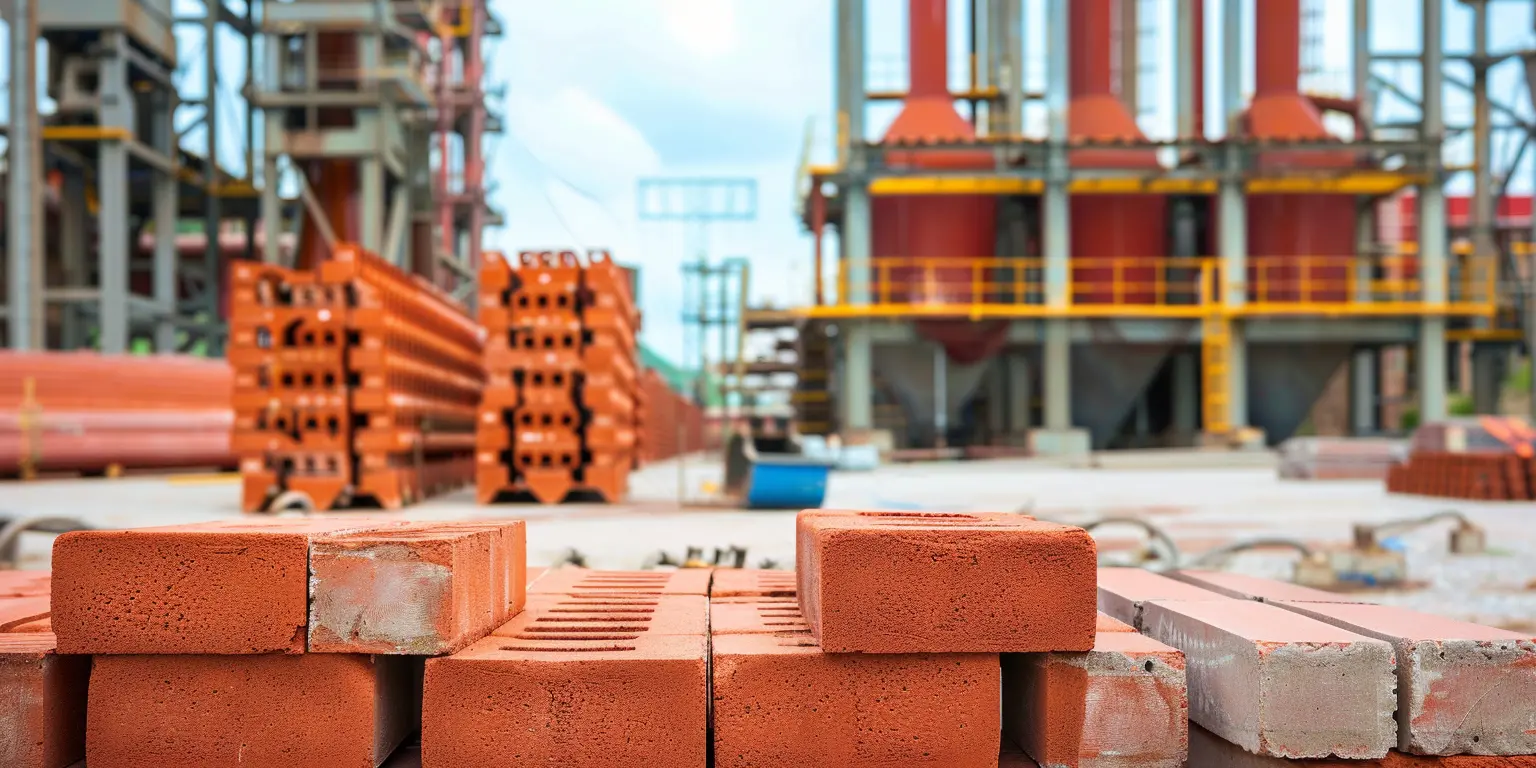High-Temperature Resistant Materials: Innovations and Applications
2024/12/03
Technical article
Explore the latest advancements in high-temperature resistant materials, their innovative applications across various industries, and how they contribute to enhanced performance and safety in extreme conditions.
Introduction
In today's industrial landscape, the demand for high-temperature resistant materials continues to grow. These materials are critical in applications ranging from construction to metallurgy, where exposure to extreme heat can compromise structural integrity and safety. This article explores the latest innovations in high-temperature resistant materials and their practical applications.
Types of High-Temperature Resistant Materials
High-temperature resistant materials can be classified into several categories, including:
- Ceramic Materials: Durable and effective in thermal insulation, ceramics are widely used in kilns and combustion engines.
- Heat-Resistant Alloys: These metals are engineered to endure high temperatures while maintaining performance in hostile environments.
- Acid-Resistant Bricks: Ideal for industries requiring chemical resistance alongside thermal endurance.
Innovative Applications Across Industries
The advancements in high-temperature materials have led to innovative applications across various industries:
- Metallurgy: High-temperature materials are crucial in furnace linings, ensuring efficiency and safety in metal production.
- Chemical Processing: These materials withstand harsh chemical reactions, extending the lifespan of industrial equipment.
- Construction: In the construction of industrial facilities, high-temperature bricks provide thermal protection and insulation.
Conclusion
The continuous evolution of high-temperature resistant materials promises to enhance industrial performance and safety. By integrating these innovative materials into their processes, businesses can achieve significant operational efficiencies and maintain a competitive edge in the market.


.jpg)
